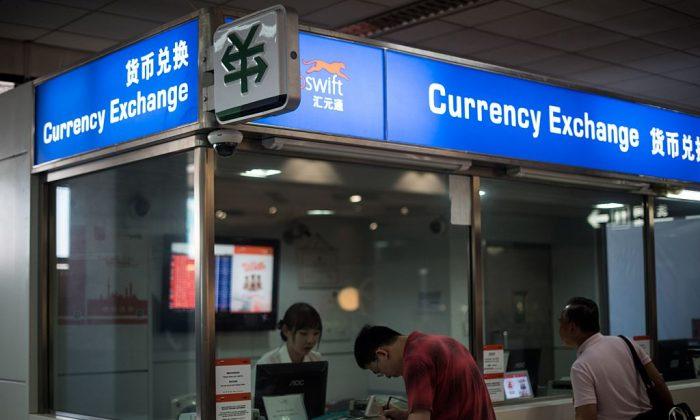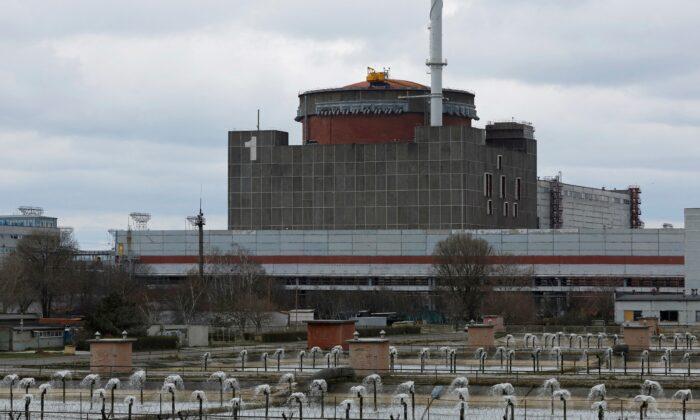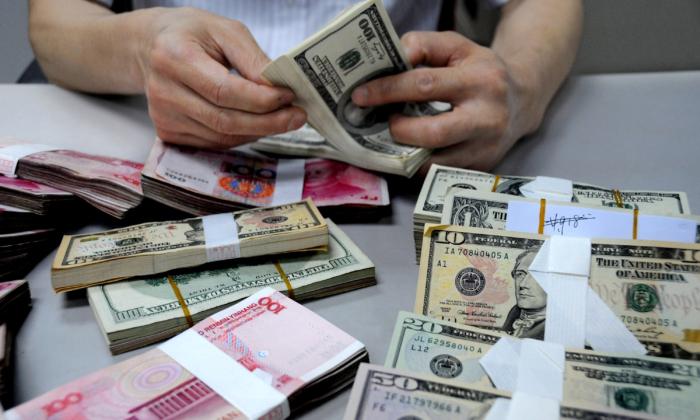Although China’s state railway system has suffered severe losses for years, China’s Development and Reform Commission (NDRC) recently emphasized the need to speed up the construction of more transportation infrastructure.
According to a Chinese economic and financial commentator and analyst, the Chinese leadership does not consider investment returns, it just wants to use the large infrastructure spending to help maintain the country’s GDP figures.
According to the “2022 Fifth China Railway Construction Bond Credit Rating Report” released on May 10, the total debt accrued by China State Railway Group Co., Ltd. (hereafter referred to as China Railway) in 2021 was 4.99 trillion yuan (about $747.4 billion). Total operating income was only 1.1 trillion yuan (about $169.7 billion), making its expenses 4.4 times greater than annual revenue.
Zhongchengxin International Credit Rating Co., Ltd. stated in a report that the financial indicators of China Railway have deteriorated significantly, and the refinancing environment has declined. However, it went on to say that “the railway construction fund provides an irrevocable, joint and several liability guarantee for the current bond,” that is, the Chinese government provides the guarantee of repayment of China Railway Group debts. The China Railway Construction Fund is a government fund. The balance at the end of the year can be carried forward to the next year and can be used for “debt and interest repayment/debt service related to construction.”
China Railway said on its official website on May 6 that the results of railway operations “were better than expected.” But its recently released financial report shows a net loss of 49.85 billion yuan (about $7.5 billion) for 2021, and the asset-liability ratio reached 66.33 percent, an increase of 0.7 percentage points from 2020.
Infrastructure Investments
As a large state-owned enterprise supported by the Chinese government, China Railway made large investments that ordinary enterprises wouldn’t be able to, while at the same time accruing huge losses. In 2021, it completed fixed asset investment of 748.9 billion yuan (about $112.3 billion), with an average daily investment of $310 million.In the first quarter of 2022, China Railway completed a year-on-year increase of 3.1 percent in fixed asset investment, and put a total of 447 kilometers of new railway lines into operation, including 233 kilometers of high-speed rail. China Railway Group says it plans to put more than 3,300 kilometers of new lines into operation in 2022.
Regarding the current situation of serious losses by China’s railway system, China expert Mike Sun told The Epoch Times that, “Moving forward despite losses is the characteristic of a planned economy. Of so many high-speed railways in China, it seems that only the Beijing-Shanghai high-speed railway is really profitable.”
Recently, Chinese authorities have repeatedly emphasized the need to strengthen infrastructure construction in important meetings, such as at the CCP’s Central Committee on Finance and Economics meeting on April 26, and at the Political Bureau of the Central Committee meeting on April 29.
At a regular press conference held by the National Development and Reform Commission on April 14, Zheng Jian, the deputy director of the Department of Infrastructure, introduced ideas on how to expand investment in transportation infrastructure in terms of capital, saying it’s important to “highlight the guarantee of funds.”
Zheng mentioned two sources of funding: one is the central budget, and the other is local government special bonds. He said that since 2022, a central budget of 46.75 billion yuan (about $7 billion) has been issued for railways, civil aviation, highways, and other methods of transference, and two batches of local government special bond projects in the transportation field have been reviewed and approved. Local government special bonds are a type of bond issued to raise funds for a specific construction project. Local governments often use anticipated profits after the project is completed as a guarantee for debt repayment.
According to information by the China Electronic Local Government Bond Market Access platform, as of February this year, the balance of special debts of Chinese local governments was 17,655.5 billion yuan (about $2.6 billion). The earliest data on the special debt balance released by the platform is 13,724.8 billion yuan (about $2.1 billion) in May 2021, which means that the debt has increased by $589.6 billion in a 10-month period, or 28.6 percent. In February 2022, the balance of the CCP’s local government special bonds was 17,633.8 billion yuan (about $2.6 billion), accounting for 99.9 percent of the special debt balance or a 28.6 percent increase, special bonds rose 28.8 percent over the same period.
Regarding plans for large-scale investments in infrastructure, Mike Sun said the local governments in China are very active.
“After receiving the above instructions, they quickly launched projects, regardless of investment returns; they just want to rely on large infrastructure spending to stabilize the fundamentals and stabilize GDP.”
Sun added that this year, the CCP’s large-scale infrastructure plan will invest more than 12 trillion yuan (about $1.8 trillion), issue special bonds, which are mainly issued by the CCP’s policy bank, the China Development Bank, and local governments.
Special debts are not included in the central government’s budget, but are borne by the CCP’s policy banks, Sun added. And the fine print is, “Investment is government action, investment returns don’t matter, and debt service responsibility doesn’t matter either,” said Sun.





